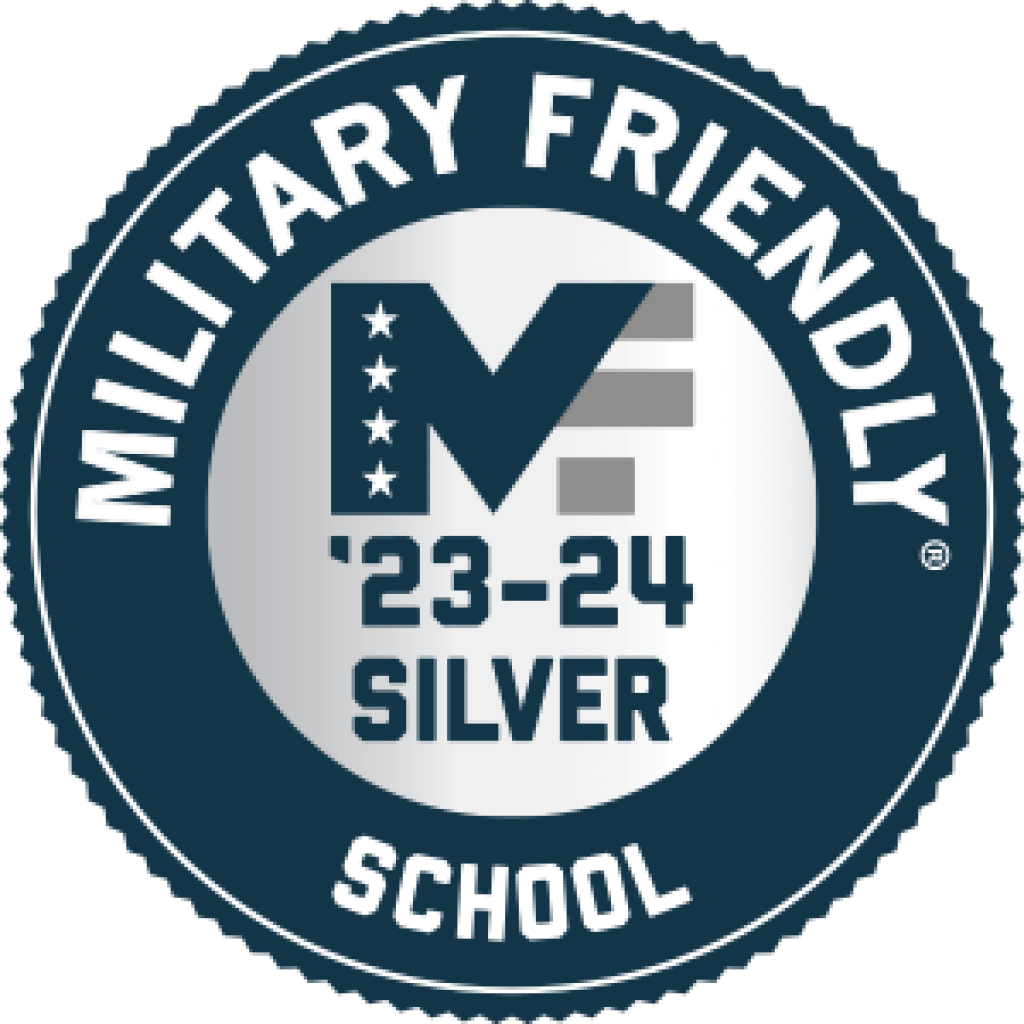“Though the Veterinary Assistant class at ACC was short time-wise there was a lot of information and hands-on activities that, along with my externship, prepared me for working at my current job in a veterinary hospital.”
Veterinary Assistant (non-credit)
Job Description
Veterinary Assistants assist the veterinarian in all aspects of animal care. Veterinary Assistants provide surgical and nursing care to animals in clinics, as well as in field settings. They also provide basic care, perform laboratory procedures, and assist in the veterinary clinic with other functions. Veterinary Assistants work in a variety of settings including animal hospitals and clinics, animal shelters, laboratories, zoos, and animal parks.
Program Description
This program prepares students to enter the field as a Veterinary Assistant. Some of the skills students will learn in this course include: laws and their implications; front office procedures; animal restraint; examination room procedures; pharmacy skills; laboratory skills; radiology and diagnostic imaging; medical nursing; surgical tasks; grooming; and facility maintenance. Program content requires the application of basic math and technical reading skills. Students in the Veterinary Assistant program will learn about the care of animals as well as how to recognize signs of illness and disease. This program also covers interpersonal communication, interaction with clients and their animals, as well as assisting the veterinarian during examinations. Administrative duties, such as fee collection, banking, and accounts payable will be emphasized. Basic information about pet insurance will be discussed.
Admission Requirements
Students must be 18 years of age and have a high school diploma or GED to enroll in this course.
Students participating in this program must be able to:
- Observe, monitor, and/or assess client, and read fine print on monitors, devices, and gauges.
- Move quickly from place to place and perform direct care.
- Tolerate walking and standing for sustained and prolonged periods of time (85% of workday).
- Lift from floor to waist level and/or carrying up to 40 pounds unassisted frequently, and up to fifty pounds or more with assistance occasionally.
- Bend over at the waist, twist the trunk, squat, kneel, reach above the head, and have sufficient grip strength.
- Have the body size, conformation, and fitness to do the physical work required of a veterinary medical professional.
- Perform multiple motor tasks simultaneously.
- Possess fine and gross motor skills sufficient to handle equipment and provide safe and effective client care; keen sense of touch; awareness of self in relationship to surroundings, steady arm and hand movements while manipulating objects or assisting the veterinarian, veterinary technician and/or patients (a variety of animal species).
The Essential Job Skills & Career Development Course is REQUIRED to receive a certificate of completion for the Certified Phlebotomy/EKG Technician program.
Please be aware that students with previous convictions may find it difficult to secure employment within a healthcare setting.
This program is CT SNAP & CT WIOA approved.
Time Commitment
This 8 month program includes 150 hours of classroom instruction and a 14 hour Essentials Job Skills & Career and Development Course. A MANDATORY 100 hour clinical externship training is scheduled upon successful completion of the Veterinary Assistant course.
MANDATORY: Veterinary Assistant Clinical Externship (100 hours)
Students will work with a coordinator to start and complete your externship for the Veterinary Assistant course with local Veterinary offices and hospitals. Externships can be limited in availability. Once registered, individuals will be placed on a list in order of date of registration. As externship opportunities are identified individuals must demonstrate core competencies to be placed in the field via an interview process and instructor approval. Students not ready for placement will go back to the top of the list and follow an individual learning plan for areas identified that need to be developed further with the instructor. The interview process will be followed again as the next externship opportunity arises until the individual is deemed ready for externship. Student participation on identification of externships is necessary as individuals must learn to market their skills for employment. Students must still meet the interview requirements and have externship site approval for sites identified.
Employment Outlook
Per the U.S. Bureau of Labor Statistics, the earning potential for a Vet Assistant in the area is approximately $28,590.
$28,590
Amount you'll earn*
*Bureau of Labor Statistics
Program Coordinator
Jessica Poirier
860-253-3028
jpoirier@asnuntuck.edu





